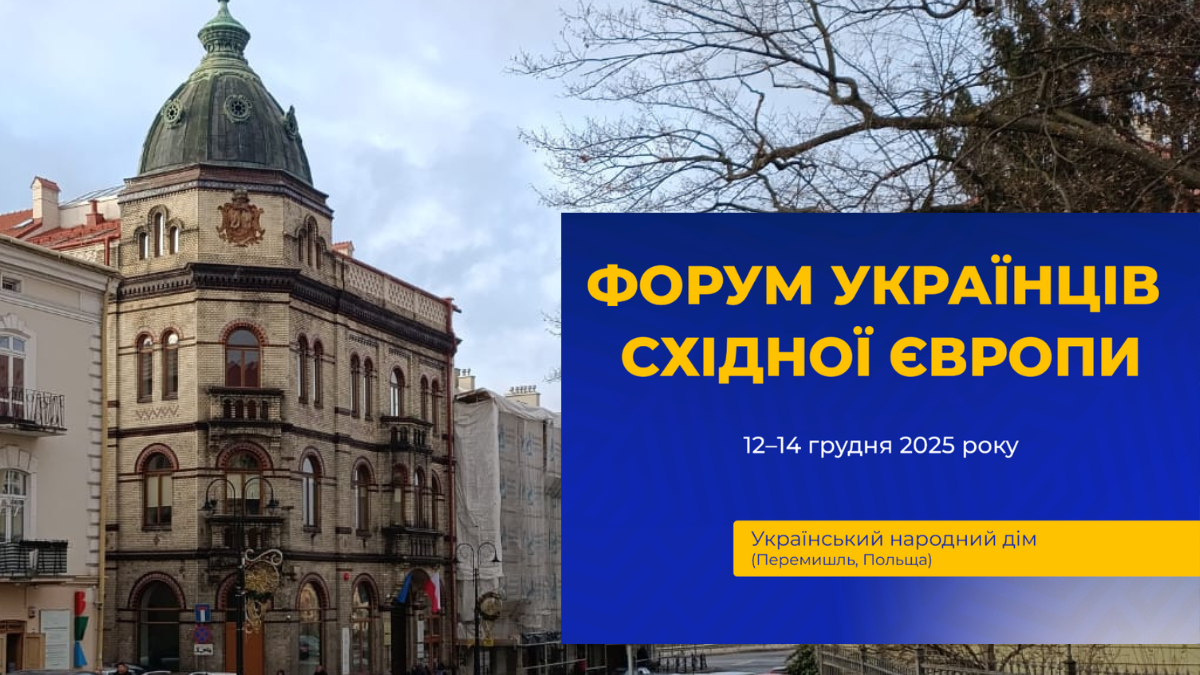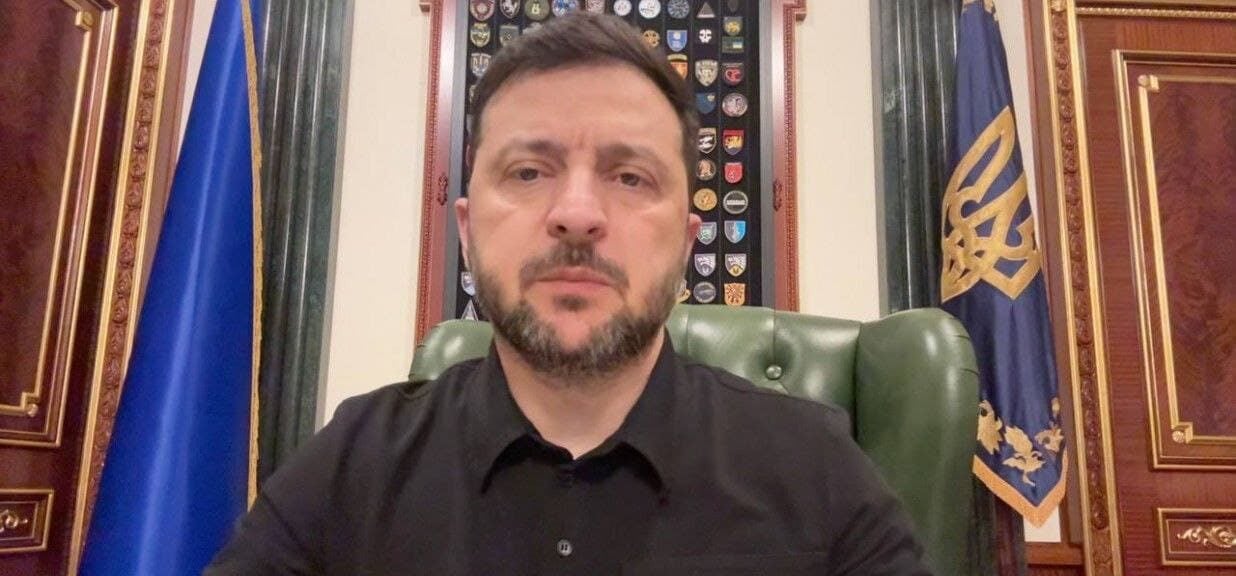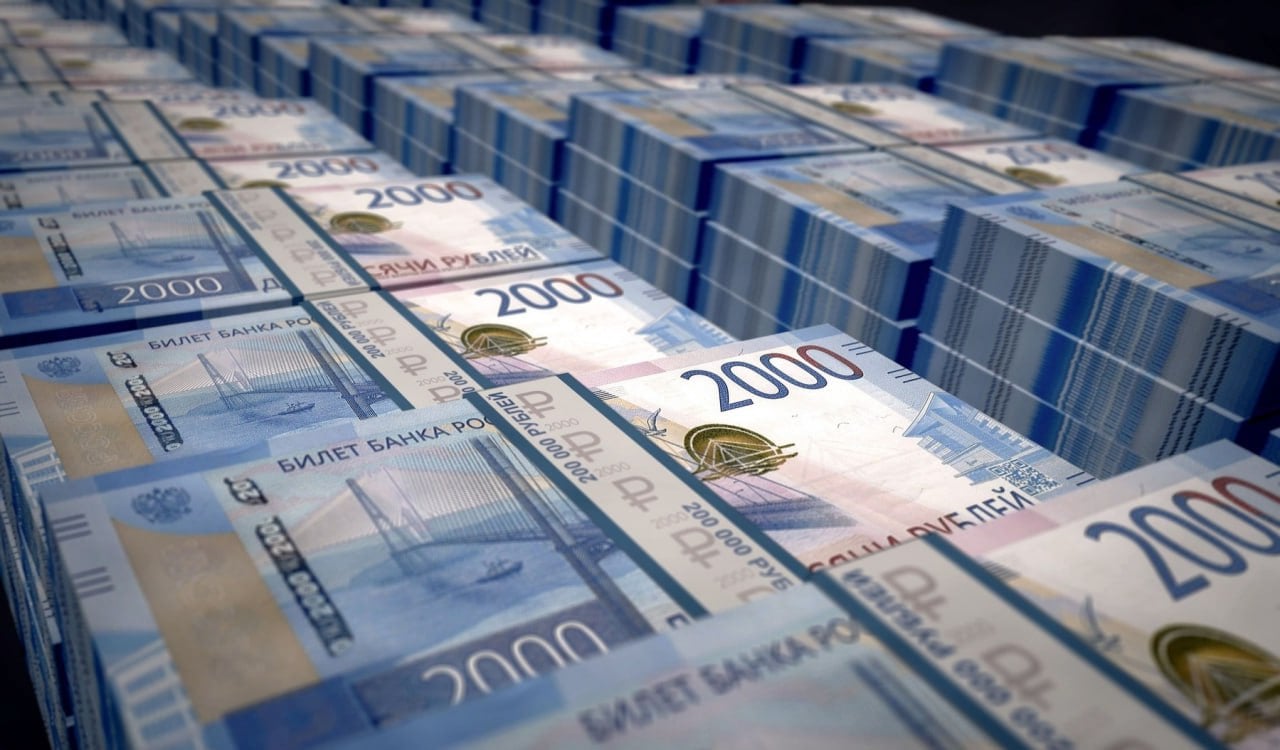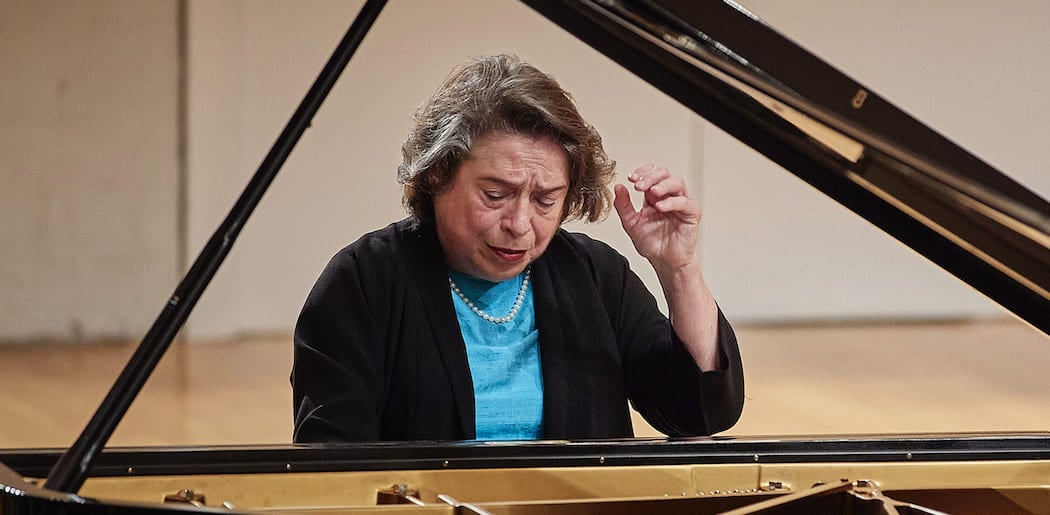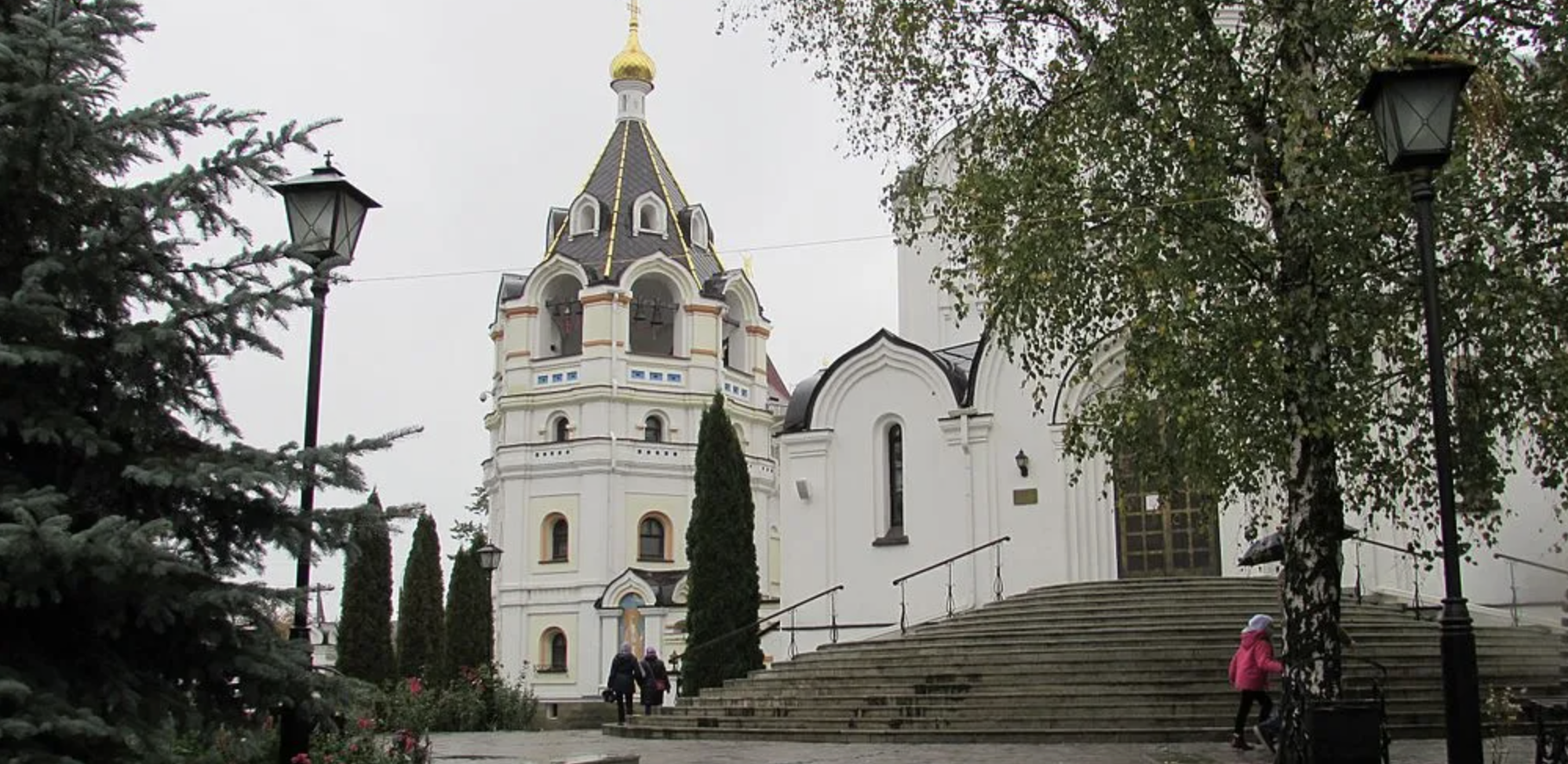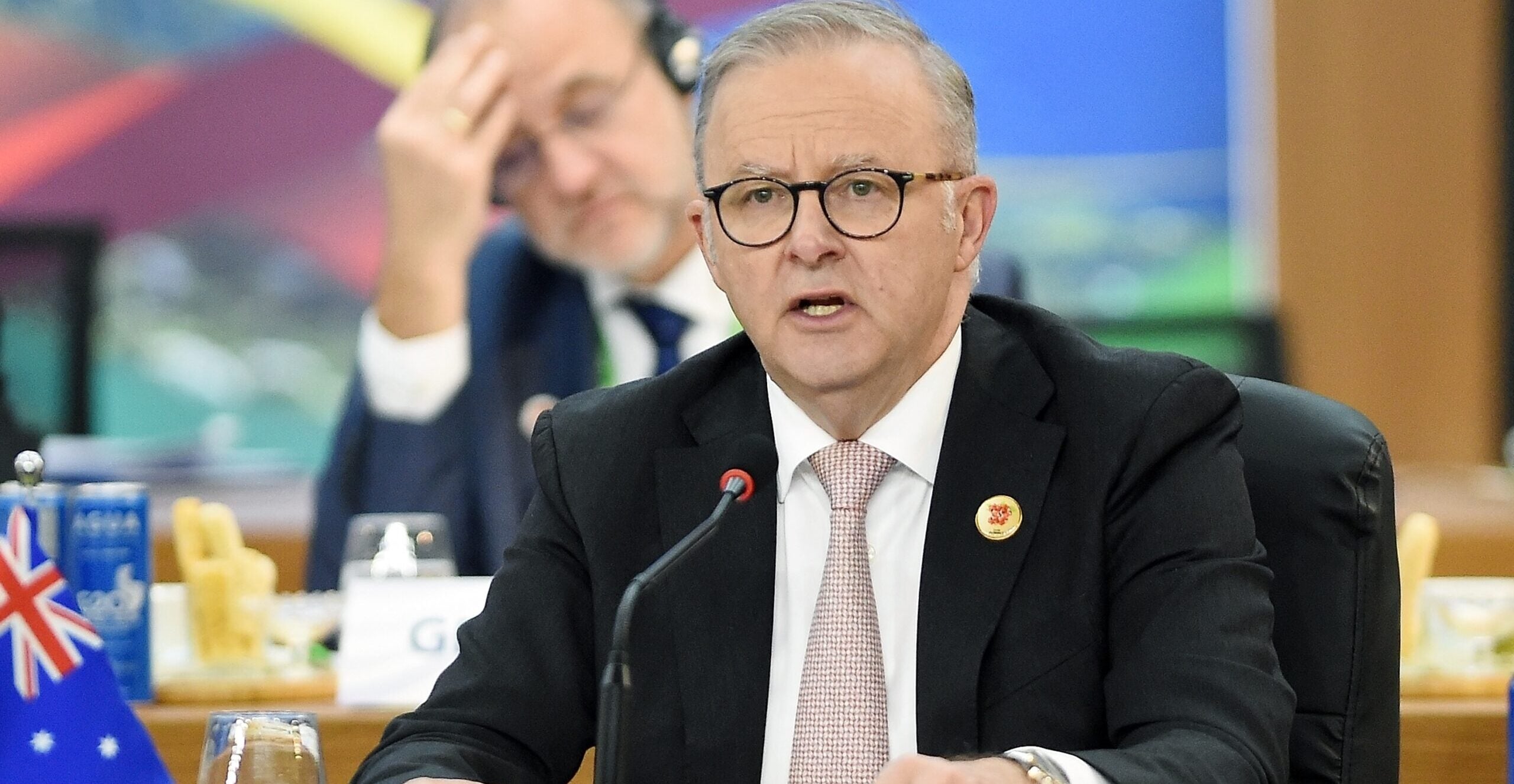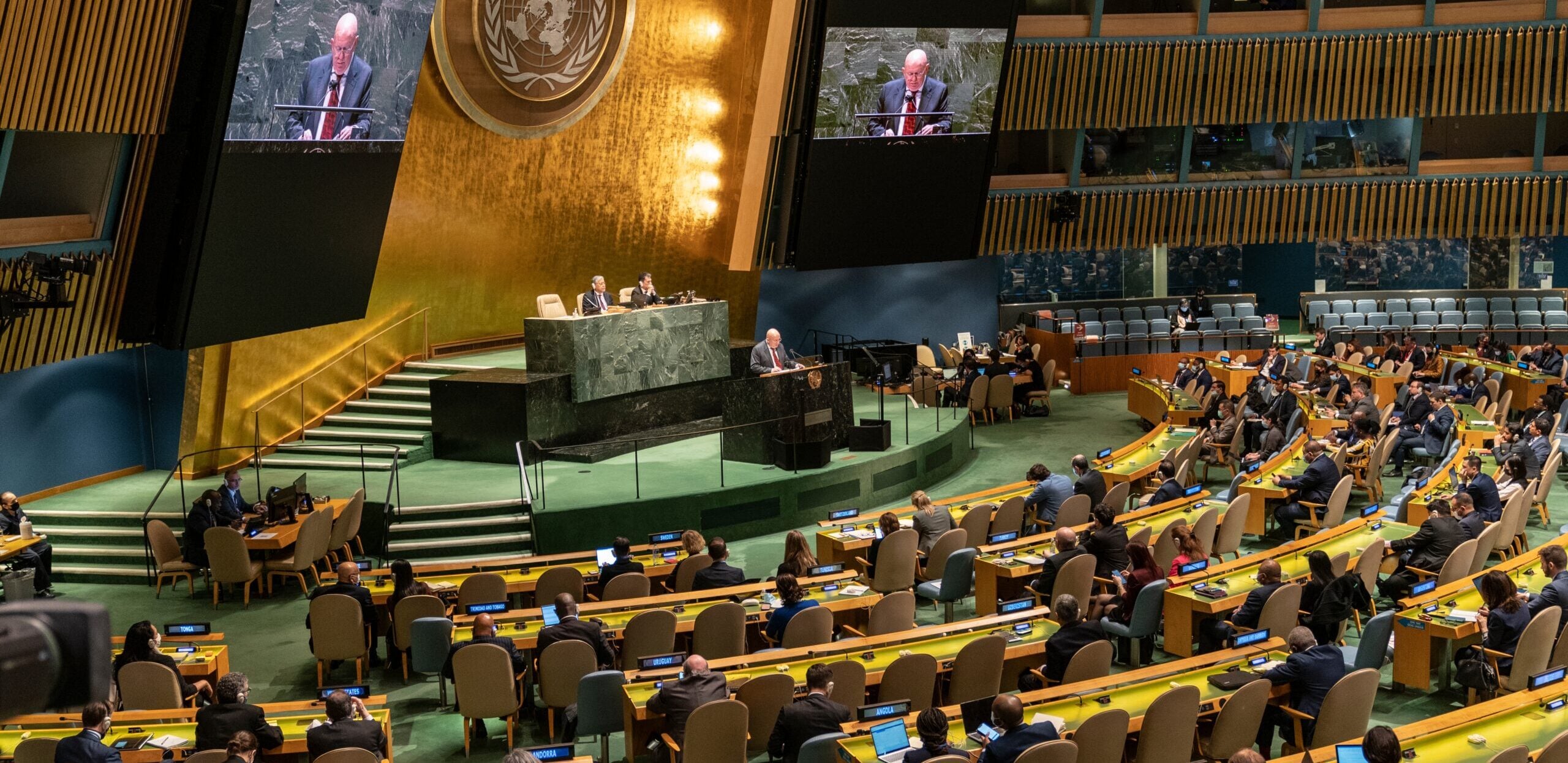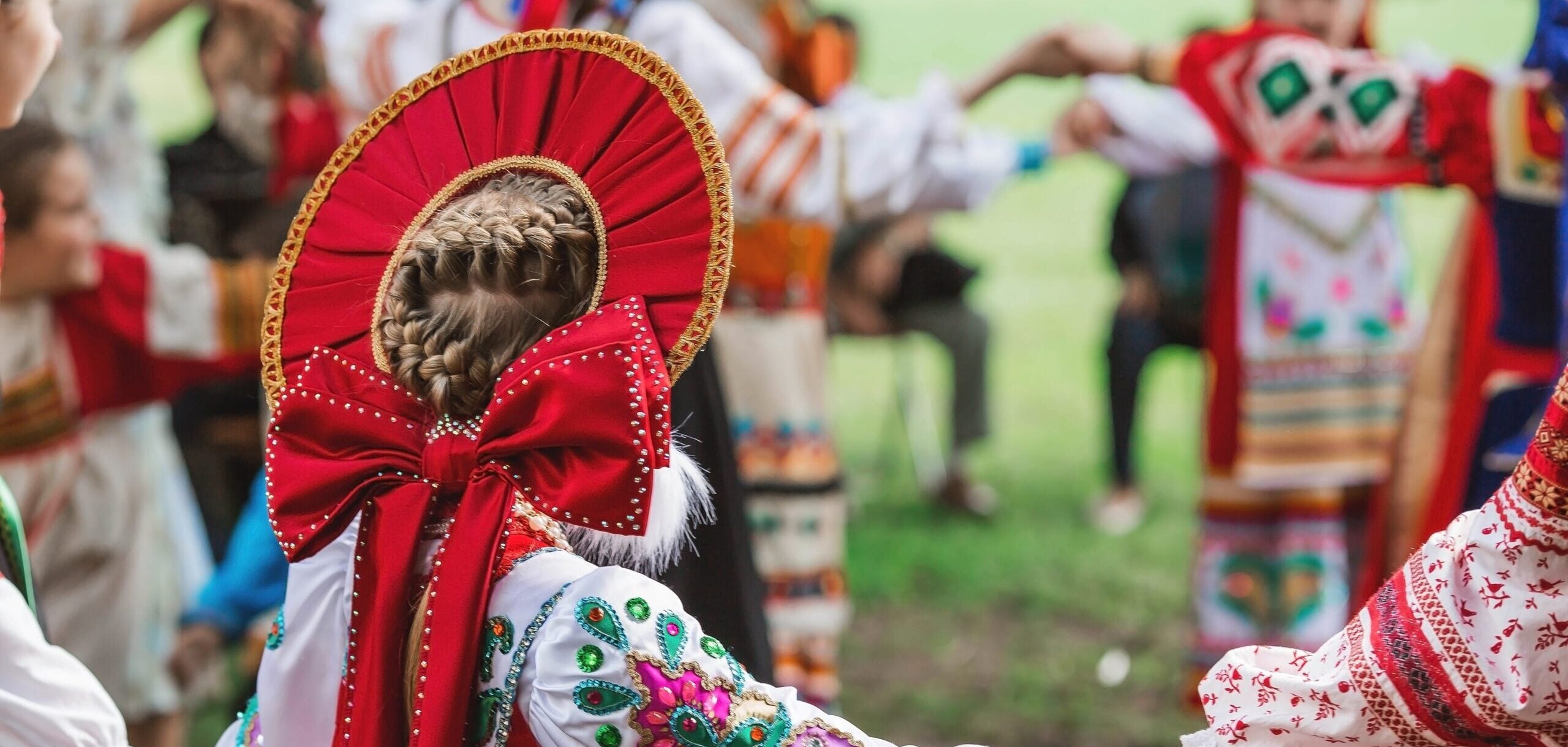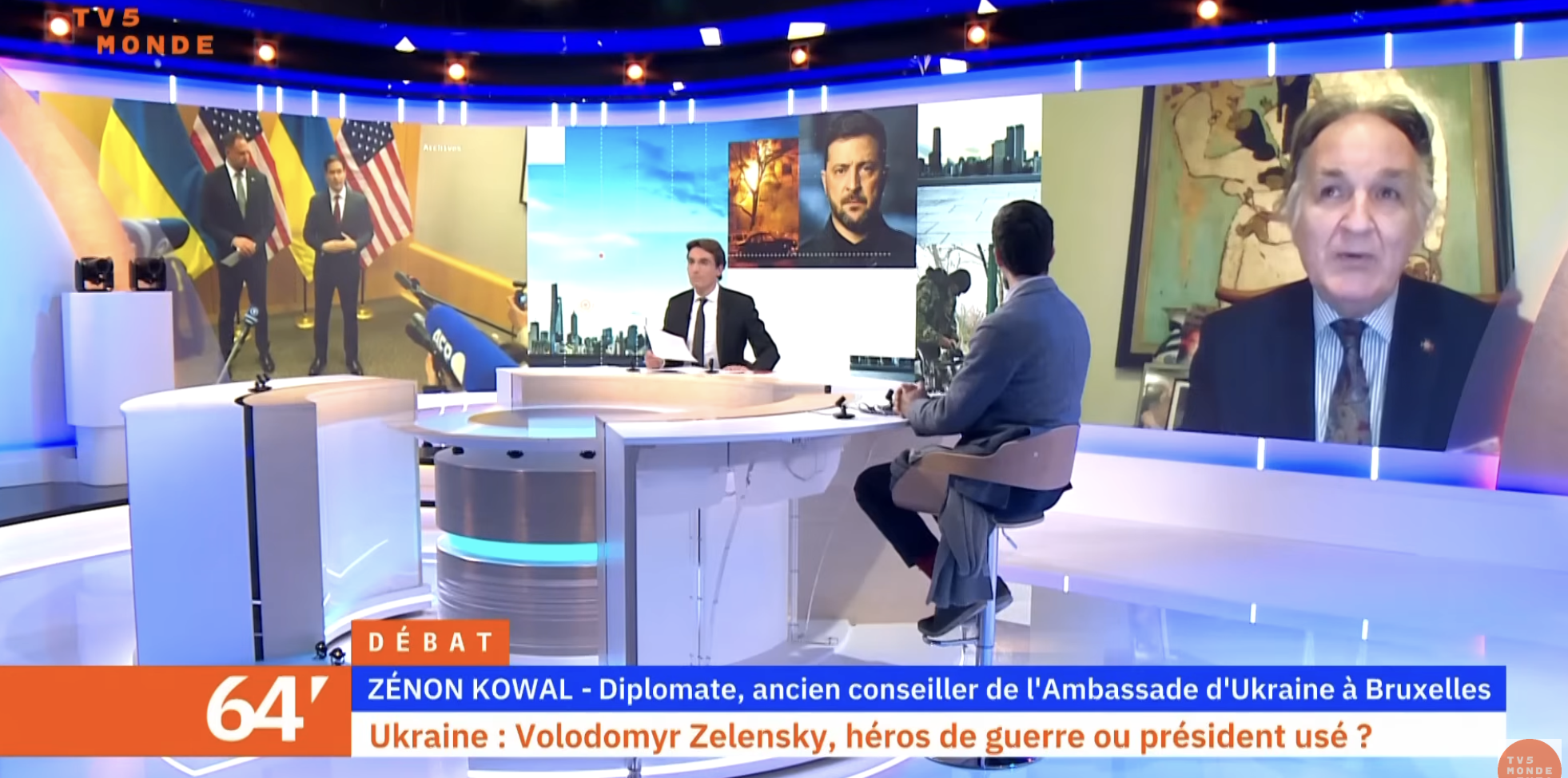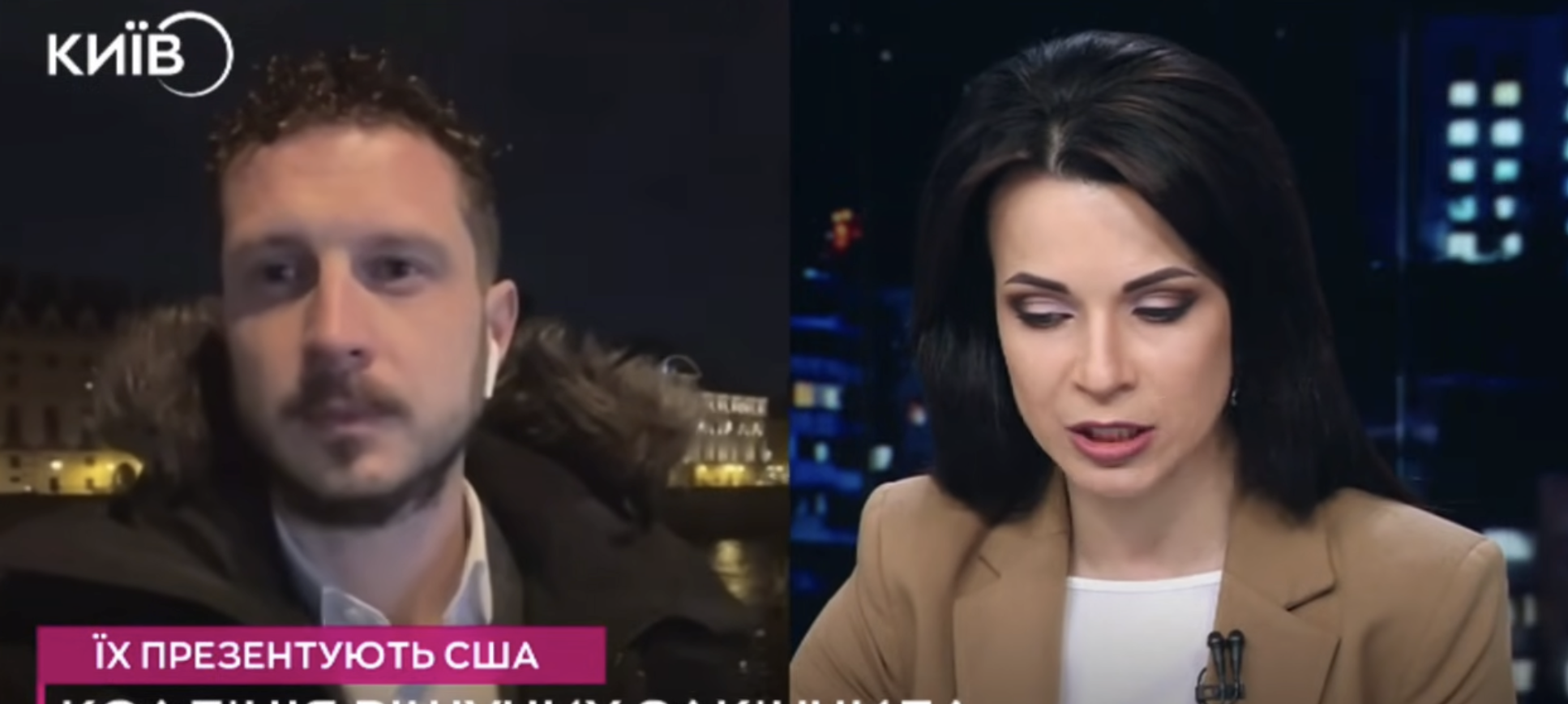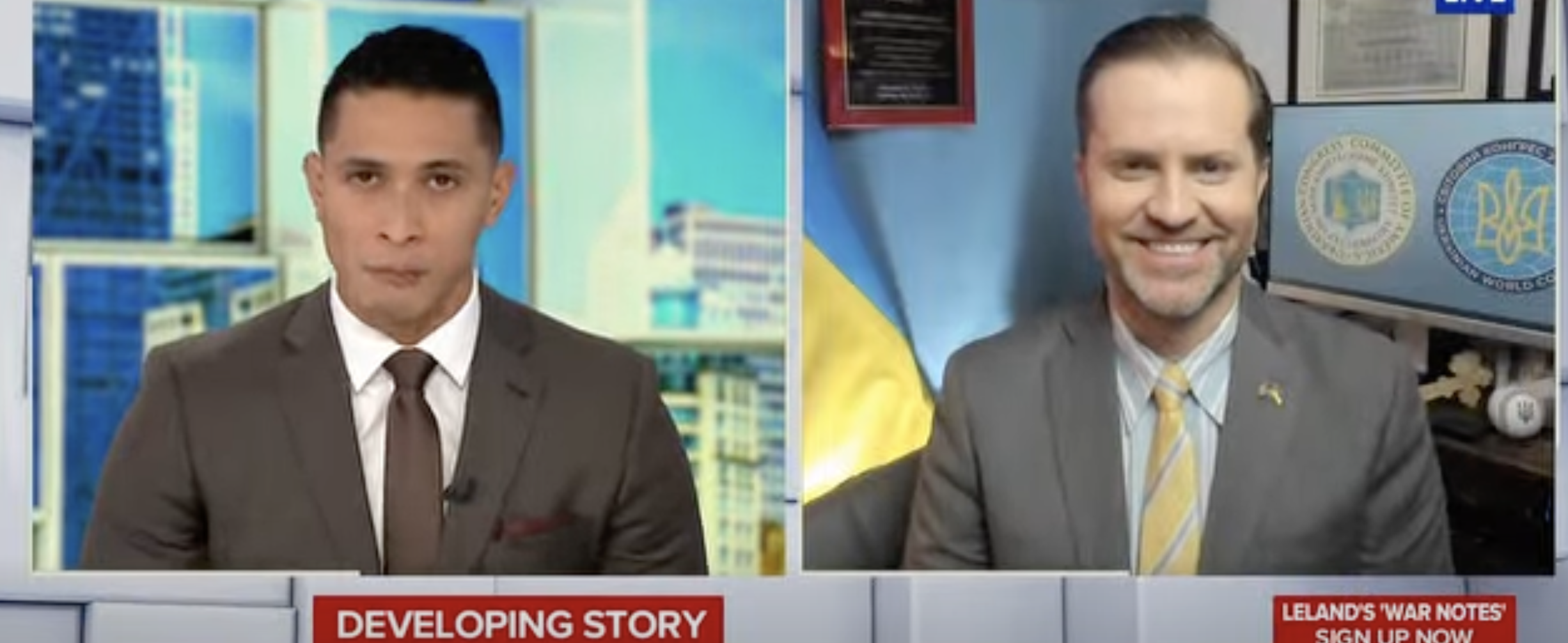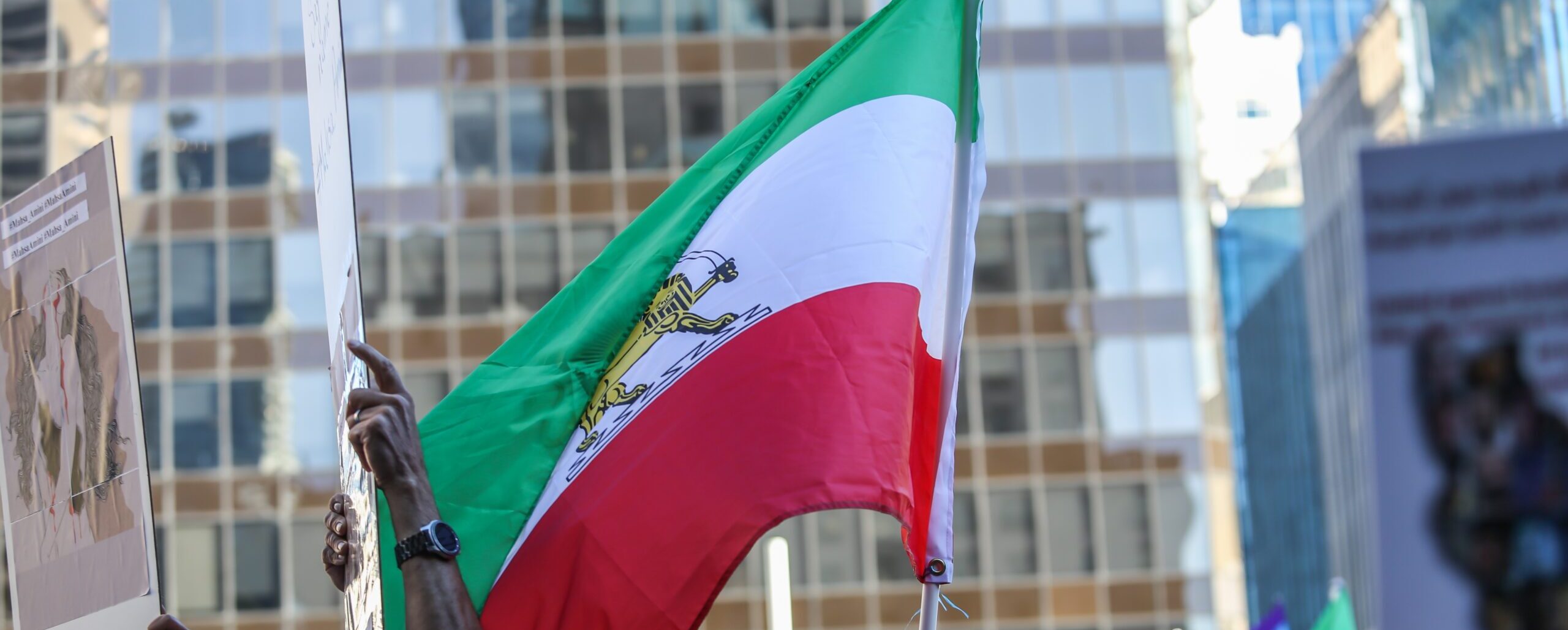
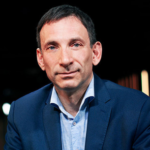
by Vitaly Portnikov, a well-known Ukrainian journalist, political commentator, and analyst, as well as a laureate of the Shevchenko National Prize of Ukraine
Source: Portnikov on Facebook
Following Israeli strikes on Iran and Israeli Prime Minister Benjamin Netanyahu’s calls to end the theocratic regime, the possibility of the Iranian government’s collapse is gaining increasing attention in global media.
We’re used to thinking of the current regime as a direct successor to the events of 1979 — the Islamic Revolution. But in reality, we’re likely witnessing the third generation of Iran’s ruling elite since that revolution.
The first elite consisted of those who actually carried out the revolution — a broad coalition united against the Shah and Mohammad Reza Pahlavi. This was a truly diverse front, ranging from religious authorities to the Soviet-aligned communist Tudeh Party. The first post-revolutionary Iranian governments were filled with members of this coalition — until Ayatollah Khomeini decisively consolidated power and enabled a new ruling class to rise: the clergy and its supporters.
But to assume that this same elite still rules Iran would be a mistake. A real power shift occurred during the long and brutal Iran–Iraq War, when the country’s repressive apparatus was reshaped and the clergy effectively began to share power with the Islamic Revolutionary Guard Corps (IRGC).
Through this alliance, Iran increasingly came to resemble the classic authoritarian regimes of the 20th century—like the Soviet Union, with its dual structure of party and security services, or Nazi Germany, with its party and SS. As in the USSR and the Third Reich, the clergy and the IRGC wielded more authority than the conventional army.
Today, it is members of this second elite who are being killed in Israeli strikes. If the regime survives, we may soon see the emergence of a fourth elite of the Islamic Republic — an elite shaped not by revolution or the Iran–Iraq War, but by the current Iran-Israel confrontation. This group will not be made up of idealists or fanatics, but of individuals hardened by cynicism, opportunism, and loyalty to the regime alone.
This new Iran may prove more cautious than its predecessor — but undoubtedly more devious.
This evolution of Iran’s ruling class also offers insight into what kind of elite we might soon be dealing with in Russia. The country is now ruled by the second generation of elites since the fall of the Soviet Union. And a third is on the way.
The first post-Soviet elite was a “broad front” united against communist dictatorship and committed to building a new state. It included everyone — from former Soviet officials and KGB officers to democrats, liberals, and nationalists from across the former empire.
But that 1990s elite was soon replaced by a second: one hardened by the Chechen wars, bound together by the cult of Putin, and under the full control of the security services. This is the elite that upholds the current power vertical.
Now, even this group may soon be overtaken by new factions — those profiting from and building their careers on Russia’s war against Ukraine. If the Putin regime survives, an even more radical, brutal generation is likely to emerge. Young people raised on propaganda, hatred of the West, and belief in war as the most effective solution are beginning to resemble their Iranian counterparts — fanatical products of an authoritarian machine.
This is the true elite of war.
Cover: Shutterstock
